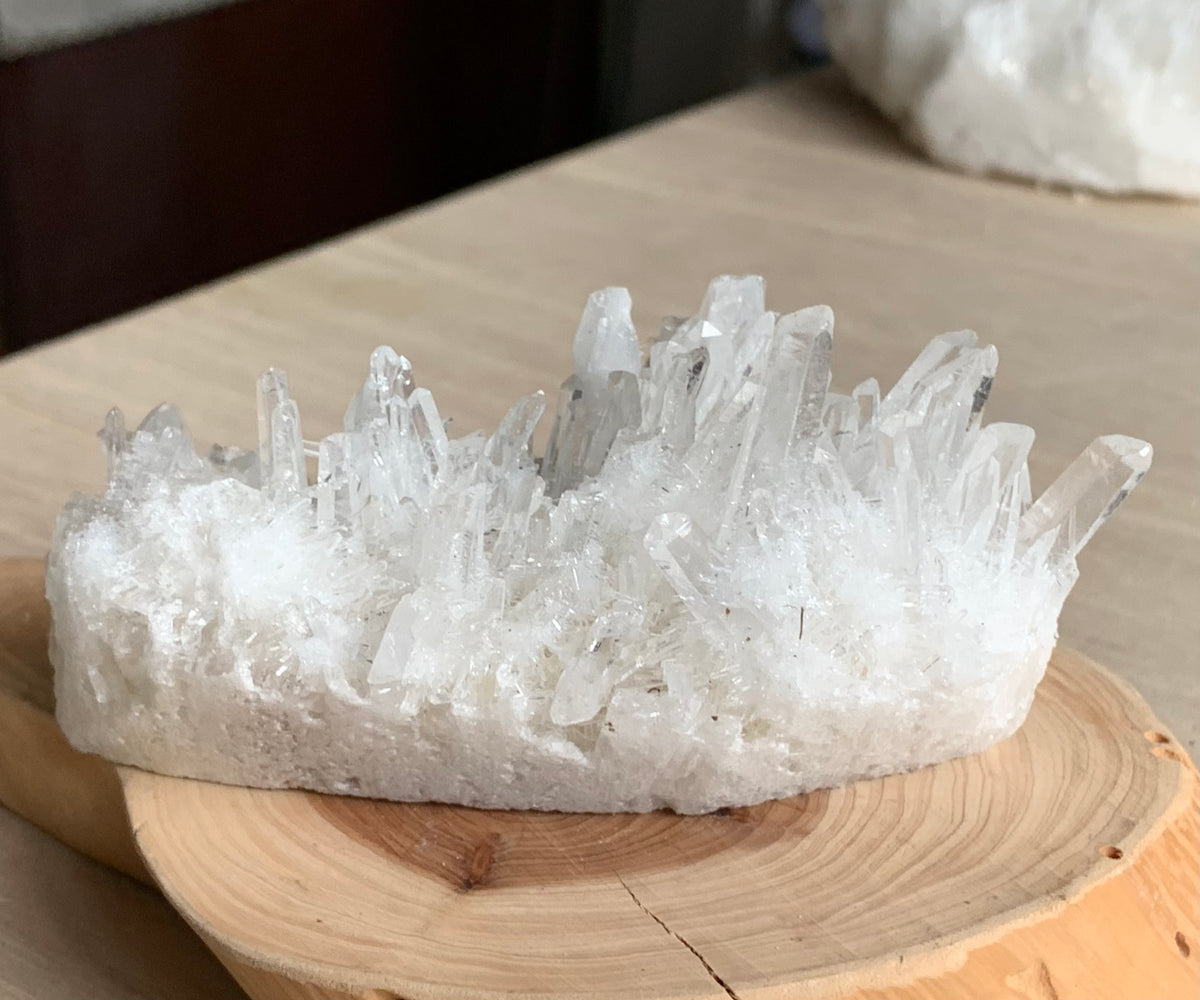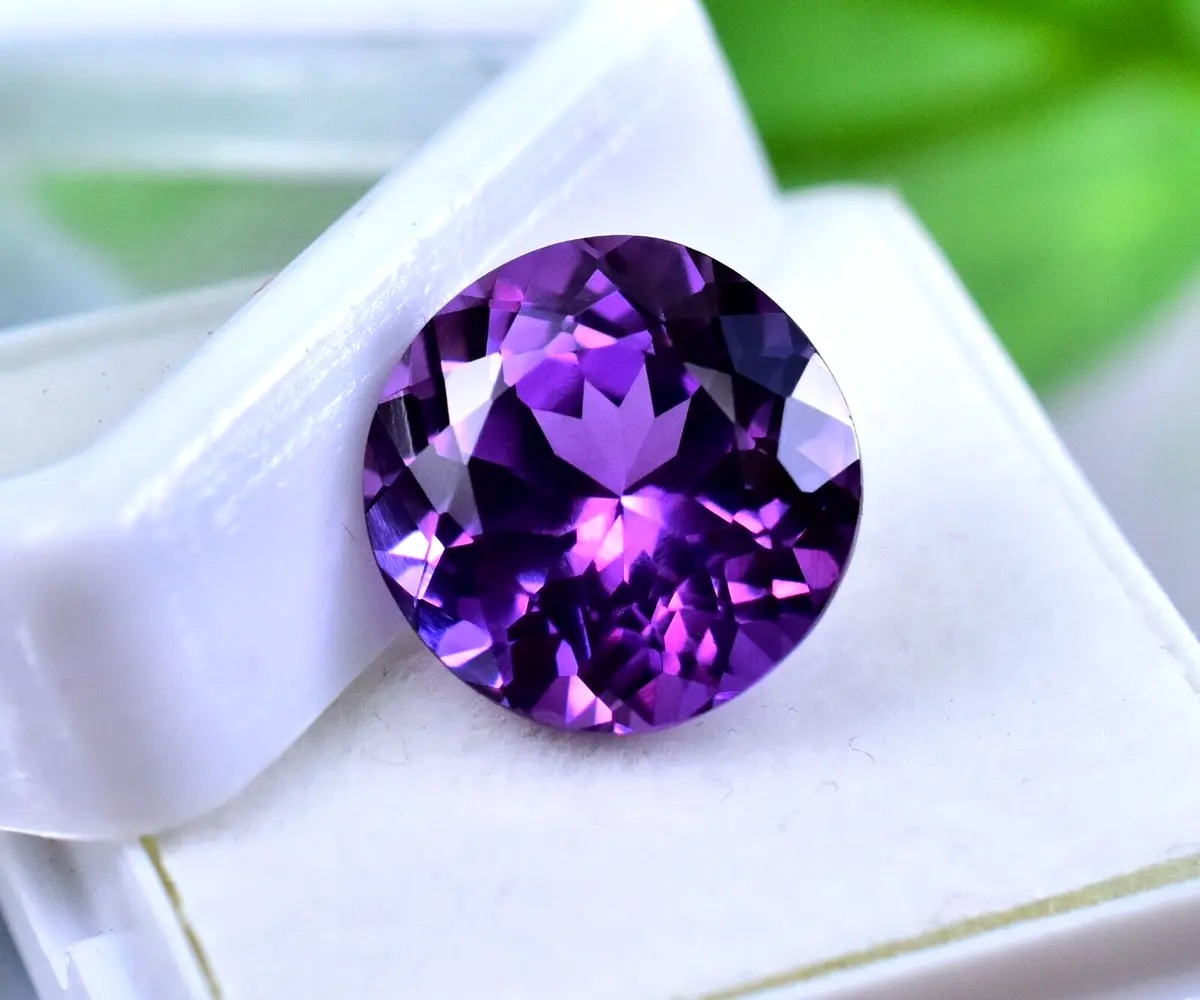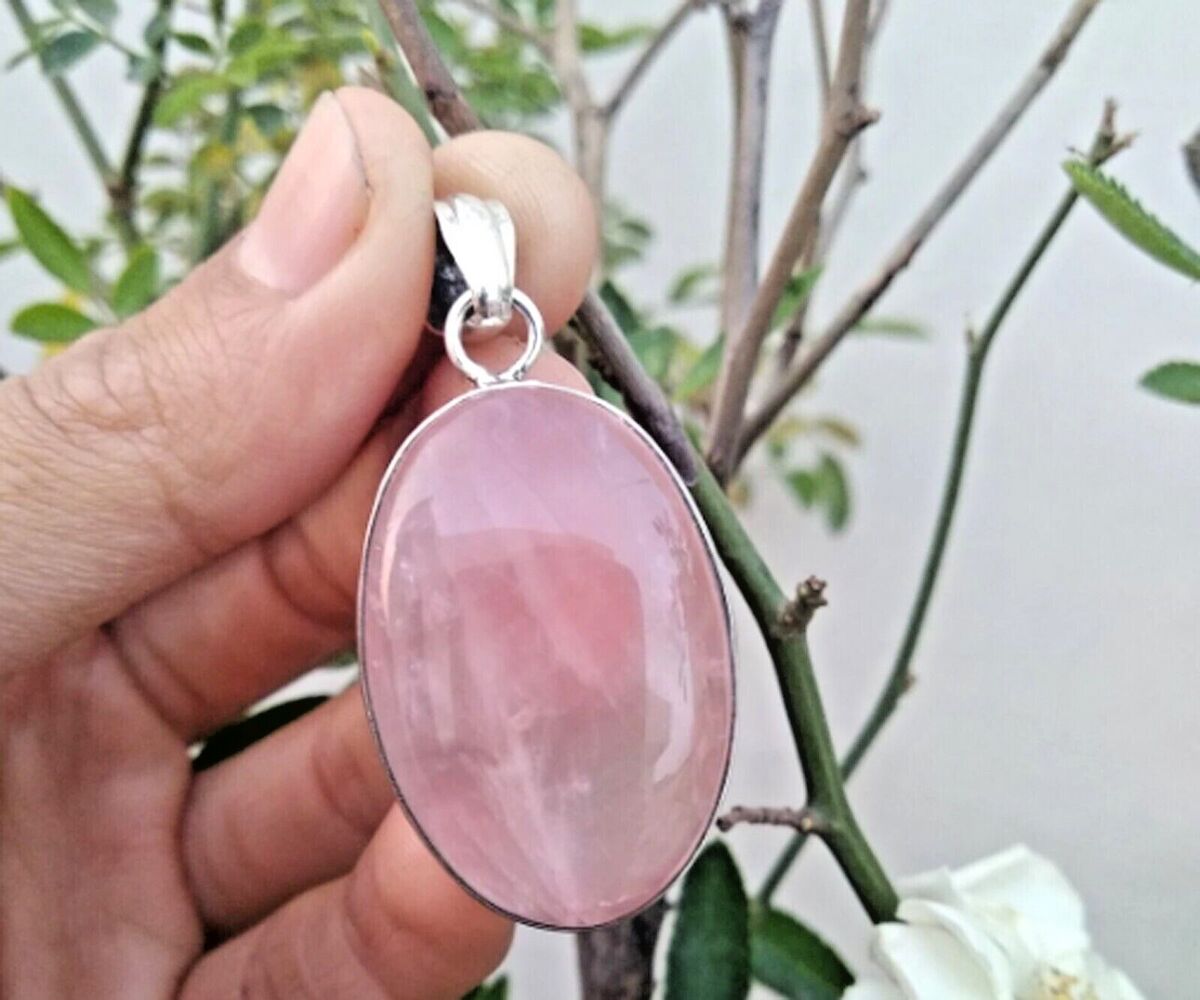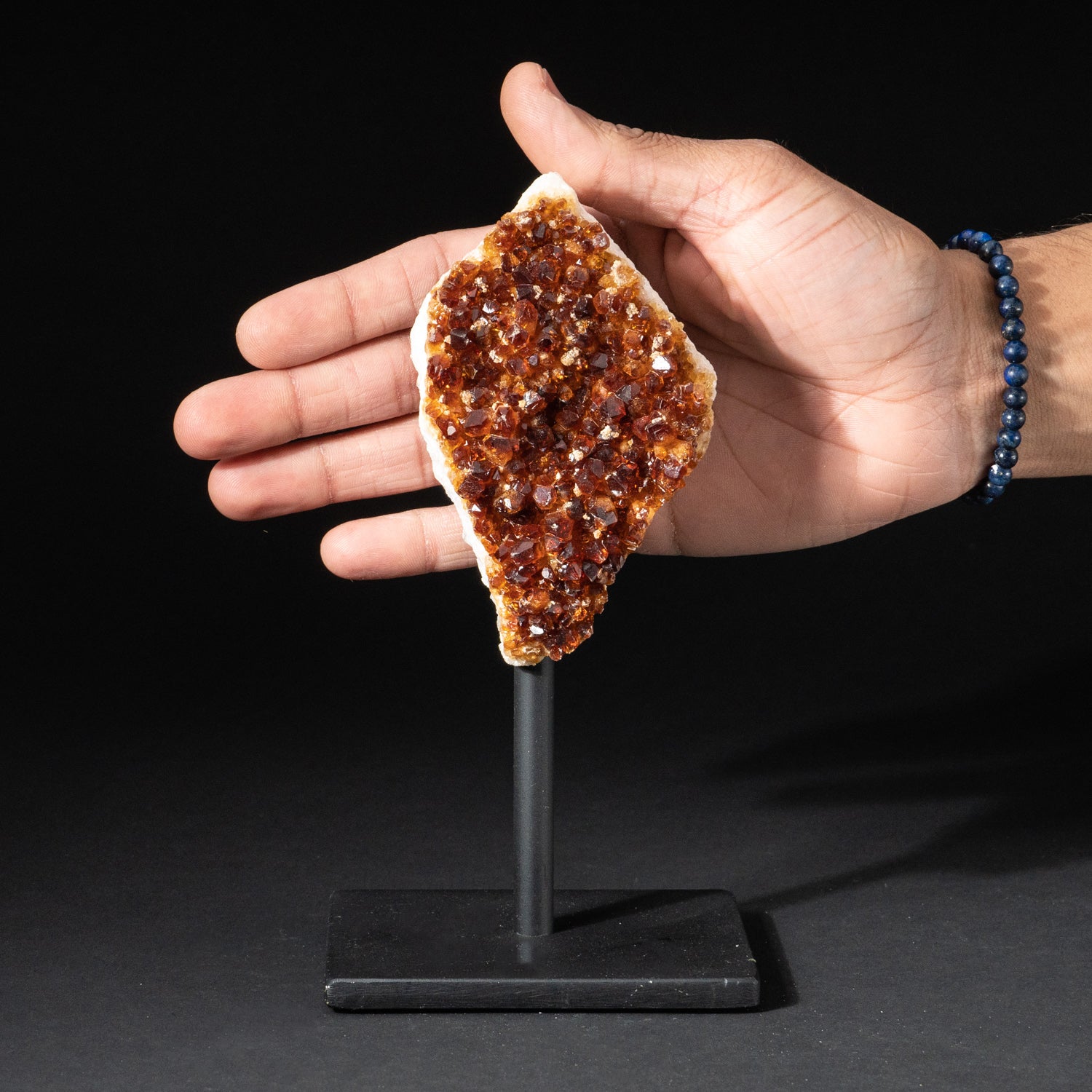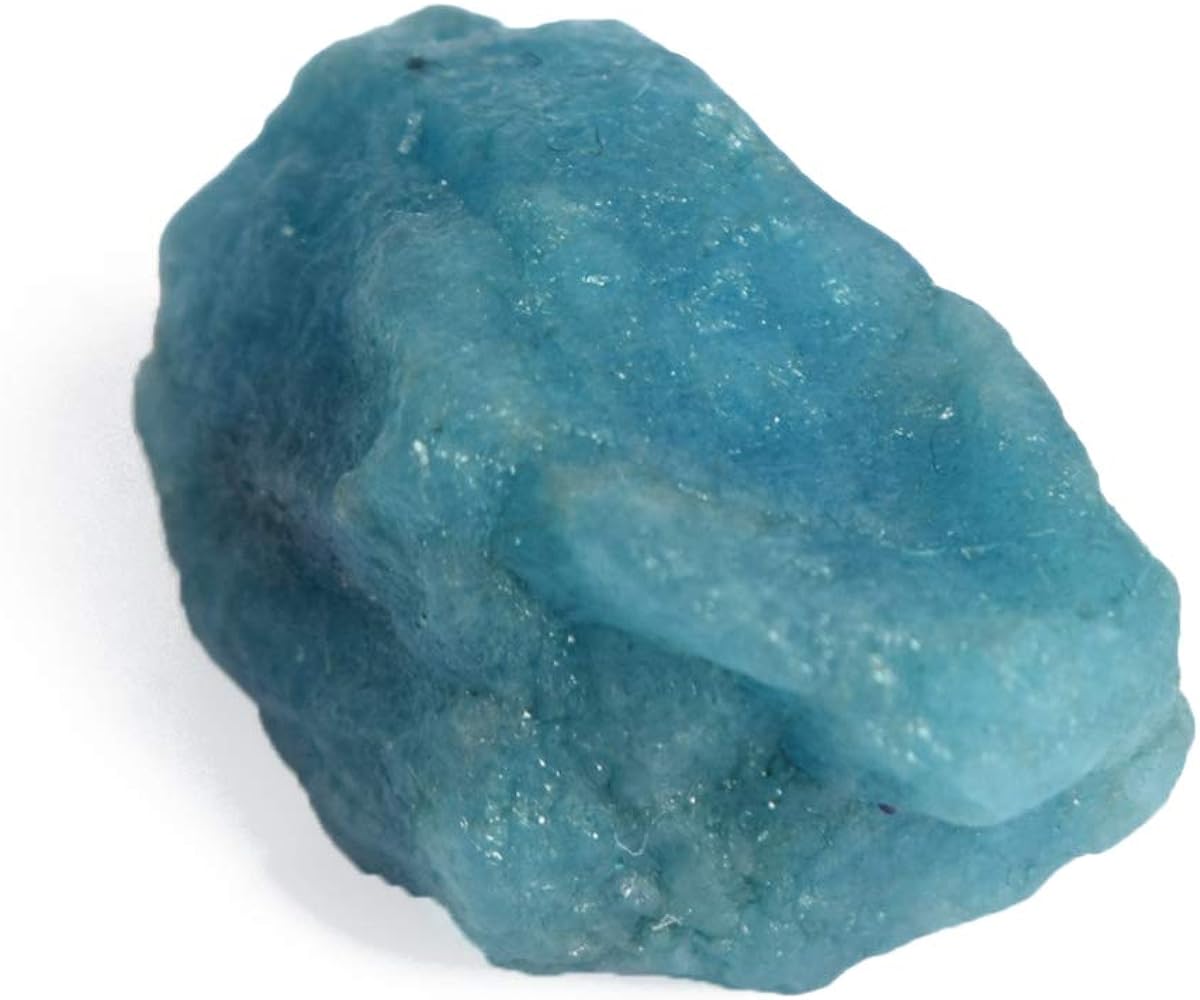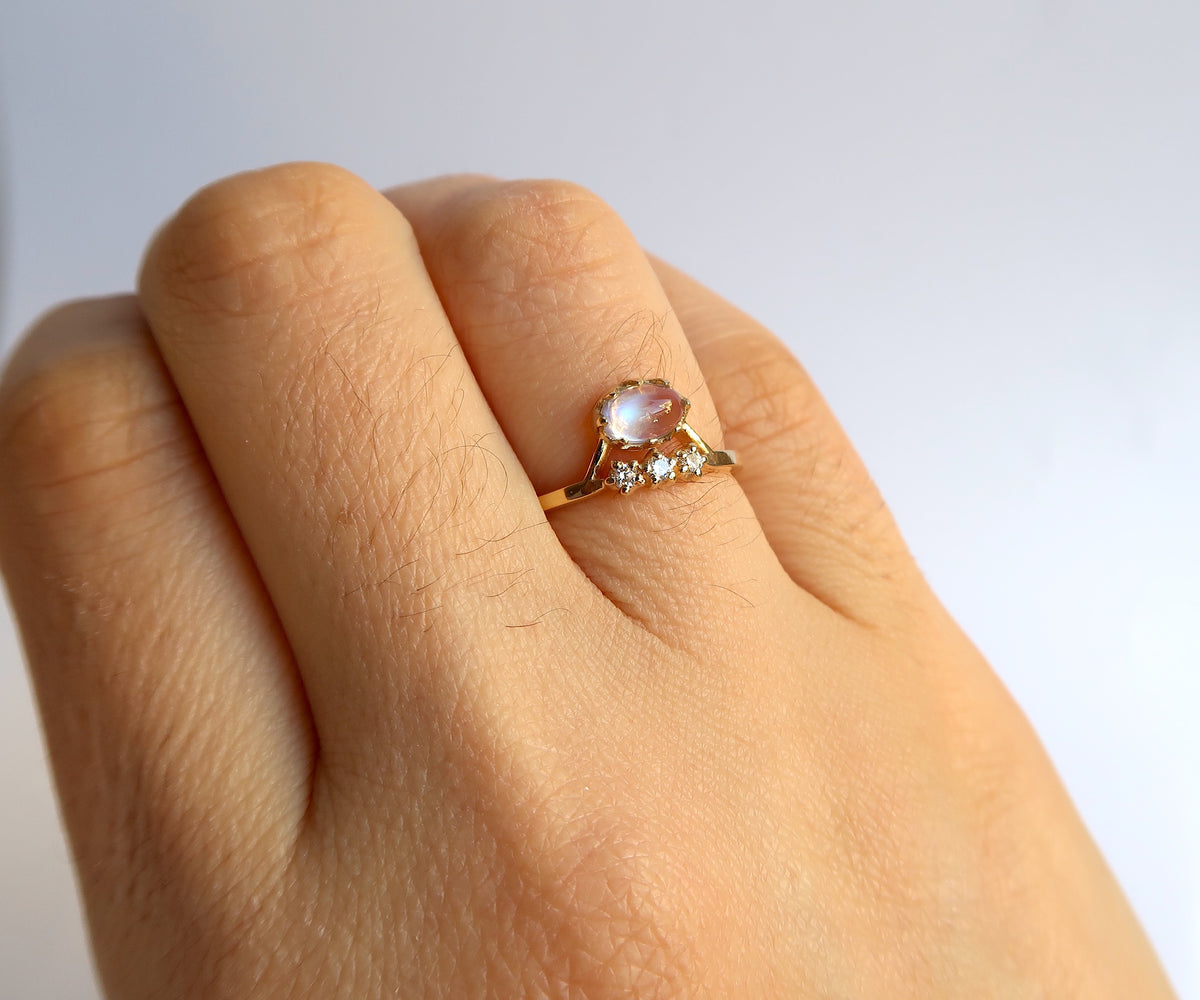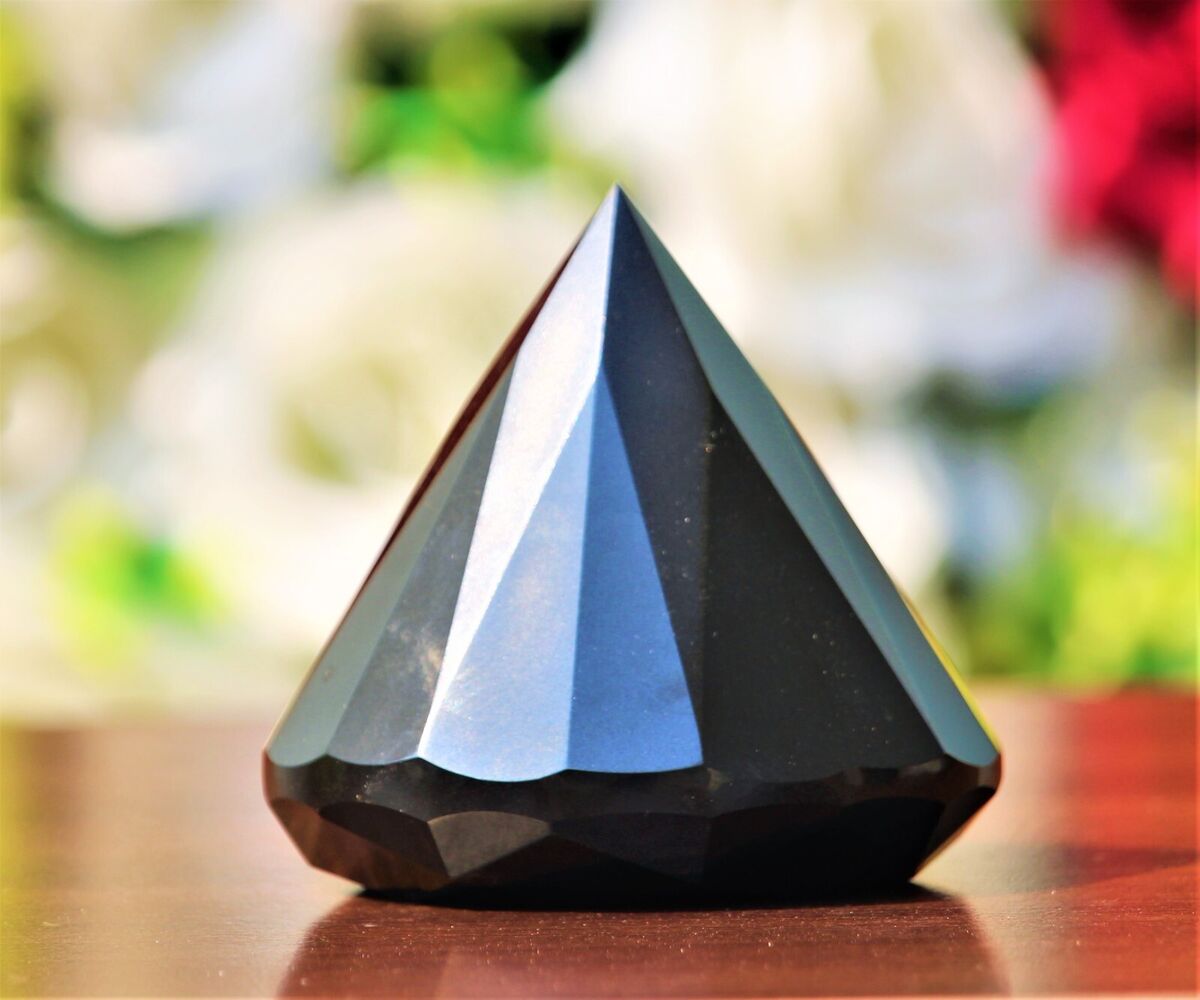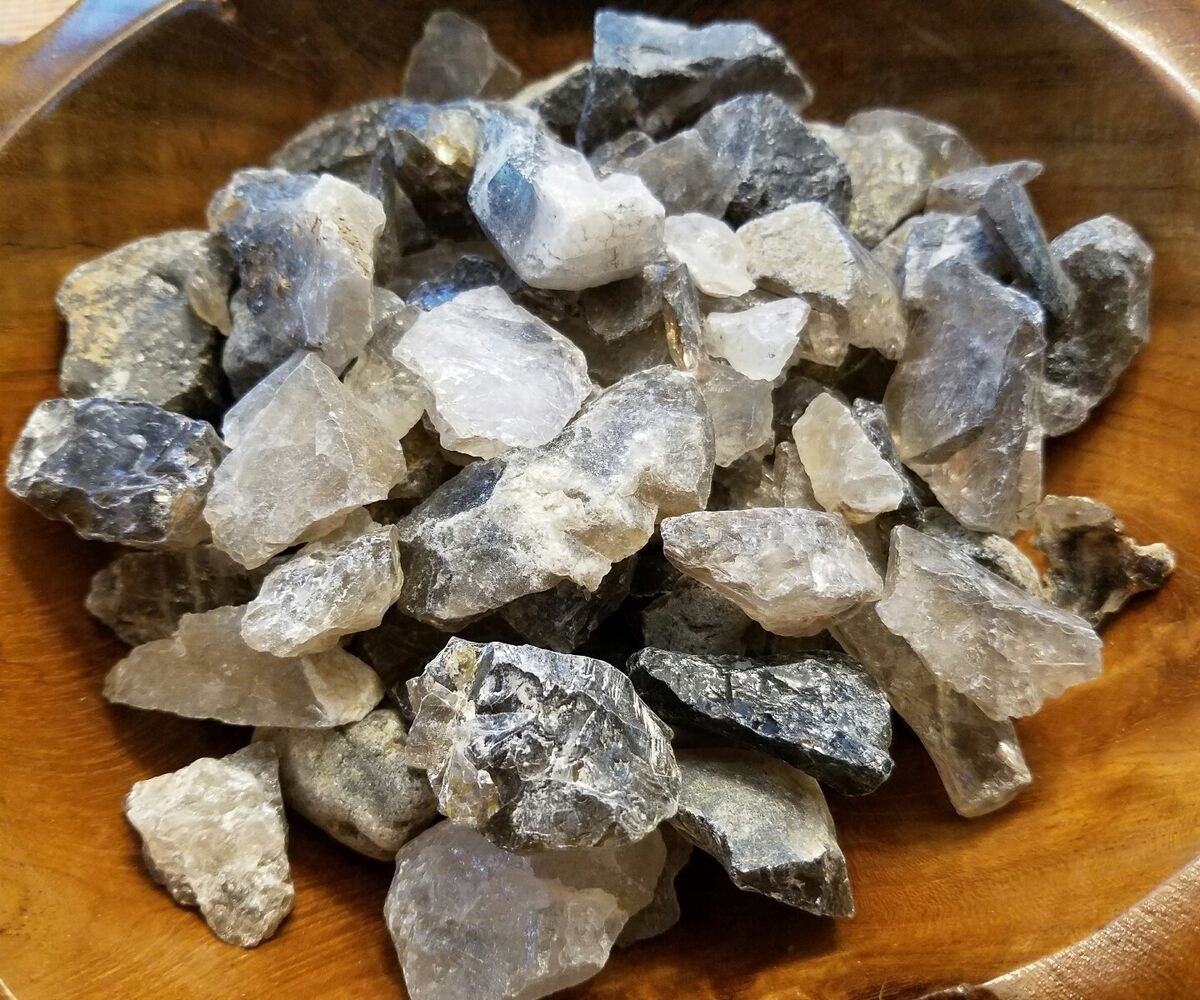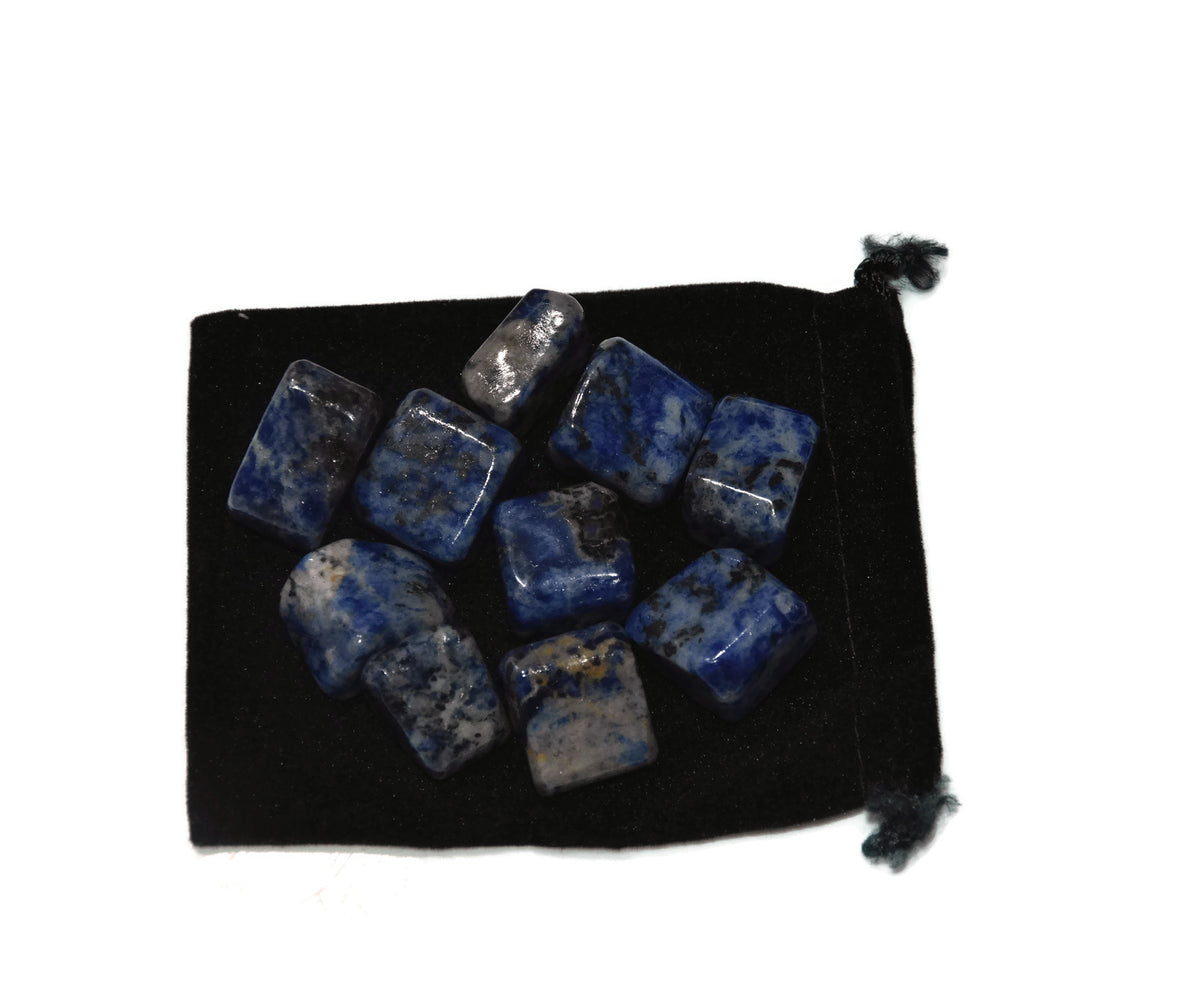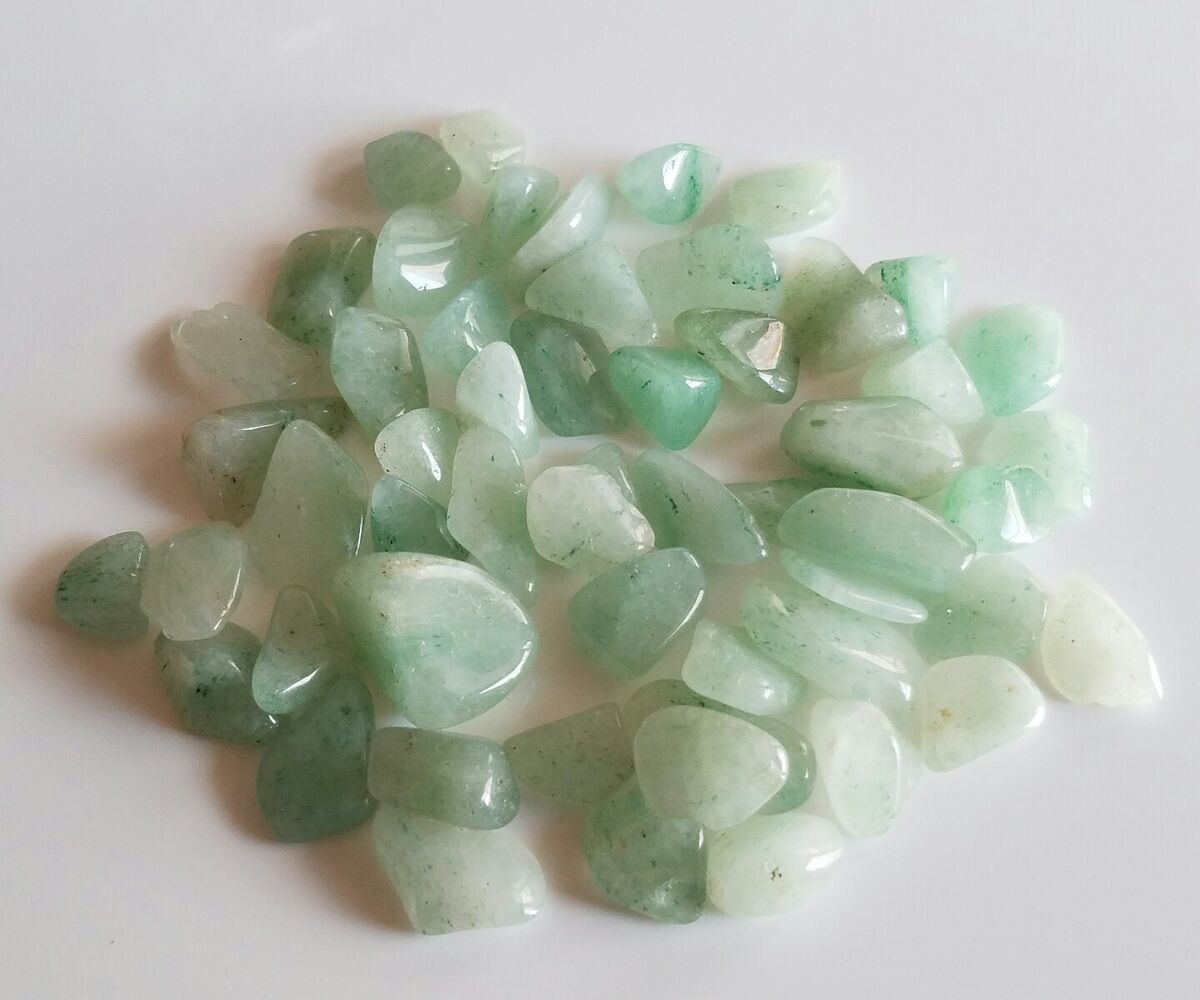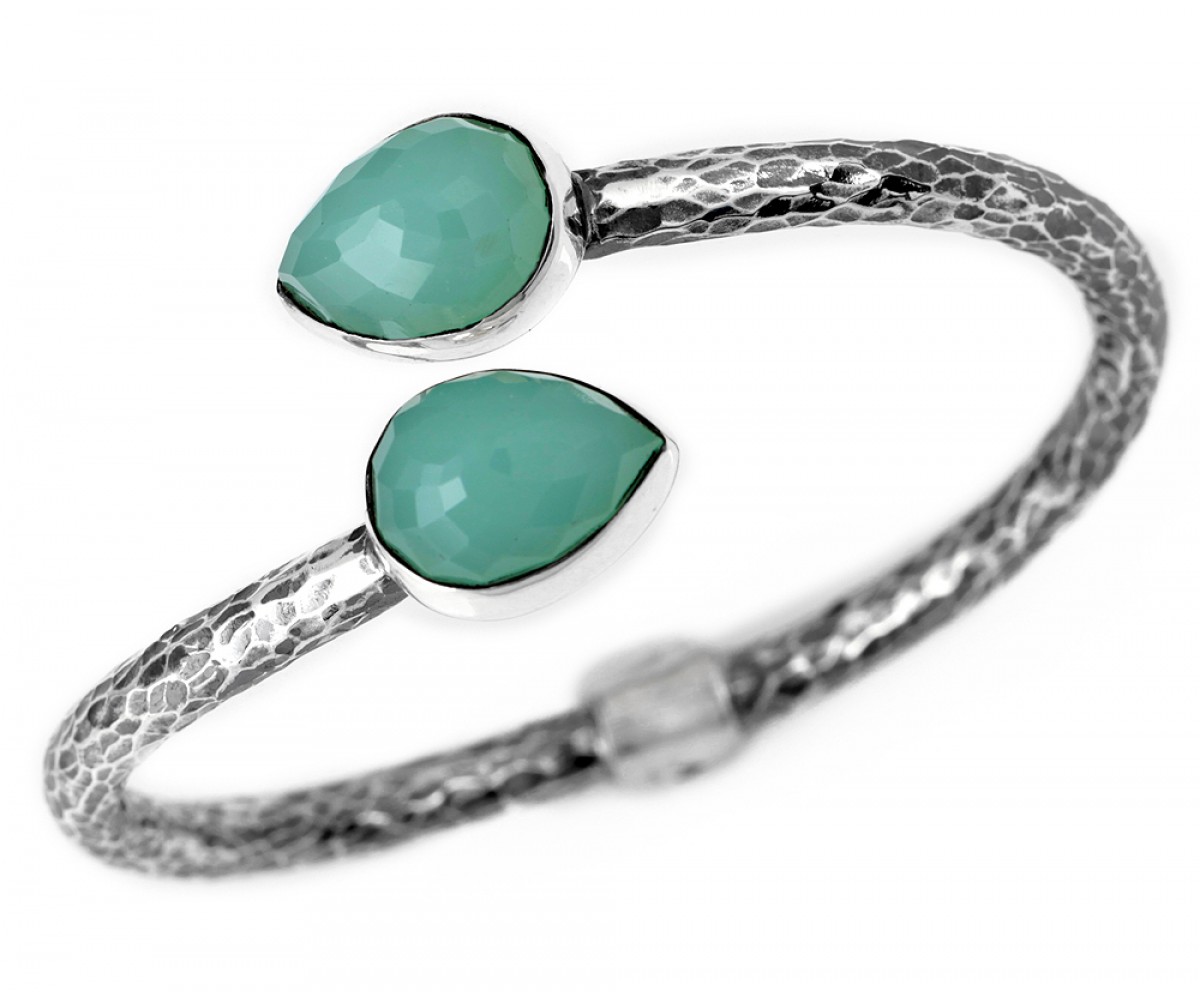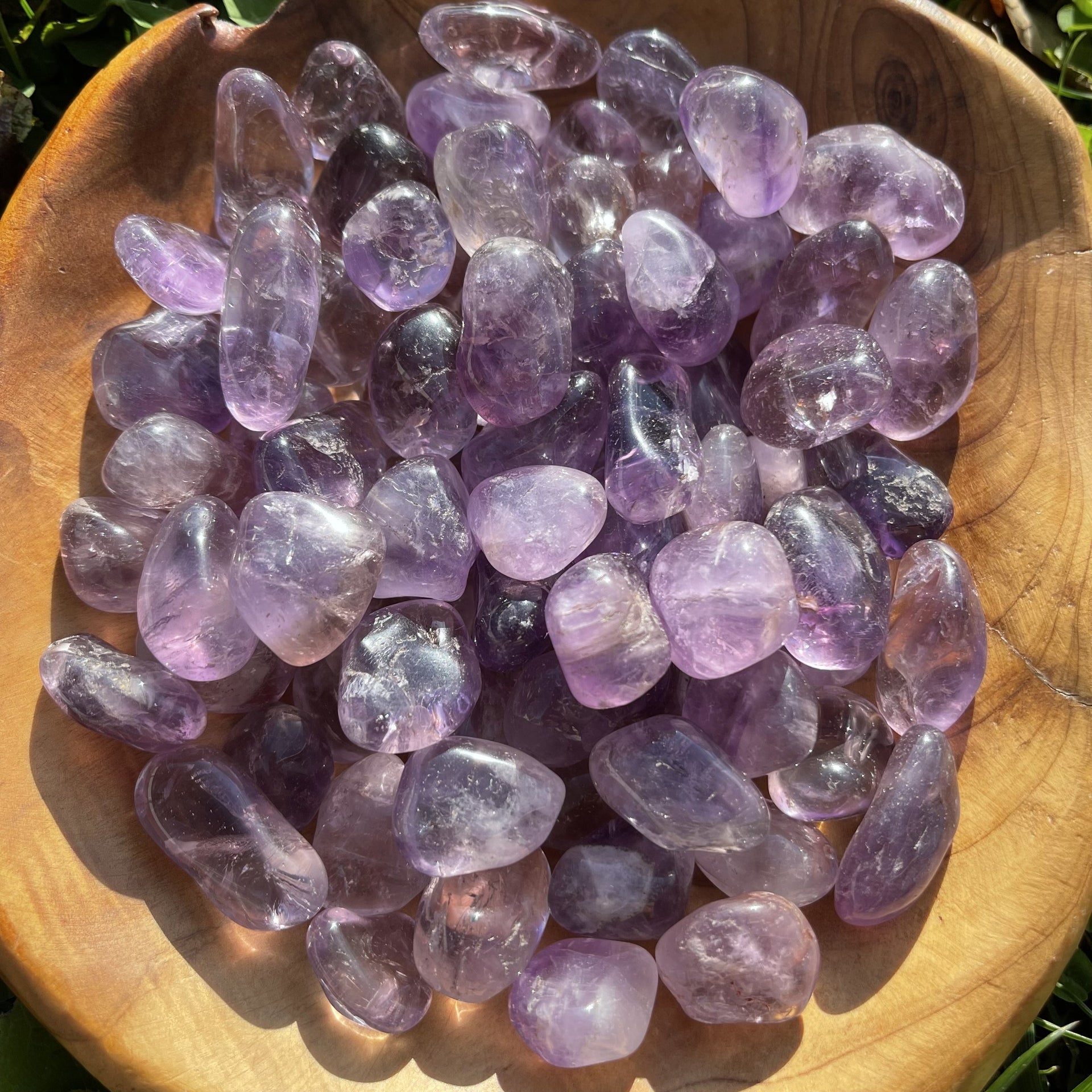
In a crystal, the atomic structure is repeated repeatedly in a "highly ordered" fashion. These configurations are referred to as crystal systems. If the atoms of a mineral are ordered in one of these structures, we call it a crystal.
Crystals have fascinated humanity for centuries, not only for their captivating beauty but also for their purported healing and energy-balancing properties. Many crystal enthusiasts believe that placing certain crystals in water can enhance the water's energy and promote various positive effects.
However, it's important to note that not all crystals are safe to use in water, as some can dissolve or release harmful substances. Understanding what crystals can go in wateris a pivotal step toward harnessing their unique energies for holistic well-being.
History Of What Crystals Can Go In Water
Using crystals in water, also known as crystal elixirs or gemstone-infused water, has a rich and ancient history spanning various cultures and civilizations. This holistic approach to wellness and energy work is rooted in the belief that crystals possess unique vibrational frequencies that can influence the energies of water and, subsequently, the human body. Here is a brief history of the tradition.
Ancient Civilizations - Egypt And Greece
The use of crystals in water can be traced back to ancient Egypt, where gemstones were highly valued for their spiritual and healing properties. Egyptians believed that specific stones, such as Lapis Lazuli and Malachite, could bring protection and purification to the wearer. Similarly, in ancient Greece, gemstones like amethyst were utilized for their perceived abilities to promote sobriety and clarity of thought.
Ayurvedic Medicine
In ancient India, the practice of Ayurvedaemphasized the use of gemstones in conjunction with herbs and other natural elements for healing. Gemstones were believed to balance the body's energy centers or chakras and were often used in elixir form by placing them in water.
Traditional Chinese Medicine
In Traditional Chinese Medicine (TCM), the use of gemstones and crystals has been documented for over 5,000 years. Stones like Jade and Quartz were believed to hold specific energetic properties that could be harnessed for therapeutic purposes. These stones were incorporated into treatments and elixirs to balance the body's vital energy.
Native American Traditions
Various Native American tribes held their own beliefs about stones' spiritual and healing properties. Many tribes used specific gemstones in ceremonial rituals; some incorporated them into water-based practices. For example, tribes in the Southwest United States used turquoise-infused water for purification ceremonies.
Modern Revival
In the 20th century, the use of crystals in water experienced a resurgence in popularity with the rise of the New Age movement. This movement highlighted holistic healing practices and alternative therapies, including gemstone elixirs. Crystal enthusiasts and holistic practitioners began exploring and experimenting with different stones and their effects on water and the human energy field.
Contemporary Practices
Today, using crystals in water continues to thrive within the holistic health and wellness community. With a greater understanding of the properties of various gemstones, individuals can make informed choices about which crystals are safe and effective for use in water. This ancient tradition has evolved and adapted, blending ancient wisdom with modern knowledge to promote physical, emotional, and spiritual well-being.
What Crystals Are Safe For Water?
When infusing water with the energy and properties of crystals, choosing stones that are safe for water use is crucial. Not all crystals are suitable; some may dissolve, release harmful substances, or contain toxic elements. Here are some crystals that can go in water.
Clear Quartz
Clear quartz is known for its versatility and ability to amplify energy. It's one of the most popular choices for crystal-infused water. This crystal is believed to purify and energize the liquid, making it a versatile and safe option.
Amethyst
Amethyst is a beloved crystal for many with its calming and balancing properties. It is believed to infuse water with a soothing energy that helps alleviate stress and anxiety. This makes it a safe and excellent choice for water use.
Rose Quartz
Known as the "stone of love," Rose Quartz is associated with nurturing and emotional healing. When placed in water, it is believed to infuse water with a loving and gentle energy. This crystal is generally safe for water use and promotes a sense of inner harmony.
Citrine
Citrine is associated with positivity, abundance, and creativity. It is believed to bring sunny and joyful energies. While Citrine is generally safe for water use, it's essential to ensure that the Citrine you have is not heat-treated, as this can affect its stability in water.
Aquamarine
This beautiful blue-green crystal is associated with calmness, communication, and emotional balance. It is believed to infuse water with a soothing and refreshing energy. Aquamarine is generally considered safe for water use.
Moonstone
Moonstone is associated with intuition, emotional balance, and feminine energies. It is believed to enhance intuition and connect with the moon's powers. Moonstone is generally safe for water use and can bring a gentle, calming influence.
Black Tourmaline
Known for its protective properties, Black Tourmaline is believed to shield against negative energies. When placed in water, it is thought to create a protective and grounding energy. This crystal is generally safe for water use.
Smoky Quartz
Smoky Quartz is associated with grounding, protection, and transformation. It is believed to bring a stabilizing and detoxifying energy to water. Smoky Quartz is generally safe for water use.
Sodalite
Known for its calming and balancing properties, Sodalite enhances communication and self-expression. When placed in water, it is believed to infuse it with a harmonizing and soothing energy. Sodalite is generally safe for water use and can promote clarity of thought.
Green Aventurine
This crystal is often associated with luck, abundance, and heart-centered energies. It is believed to bring a sense of well-being and prosperity. Green Aventurine is thought to infuse it with a revitalizing and nurturing energy when placed in water. This crystal is generally considered safe for water use.
Remember, it's essential to research each crystal's properties before using it in water and to exercise caution to ensure your safety and the integrity of the crystal. Understanding what crystals can go in water opens possibilities for harnessing their unique energies. Clear Quartz, Amethyst, and Rose Quartz are just a few examples of crystal that can go in water enhance water quality and promote various positive effects.
Crystals To Avoid In Water
While many crystals harmonize beautifully with water and enhance their energy, several should never be submerged. These crystals are either water-soluble or contain harmful elements that can leach into the water, posing potential health risks. Here are some examples:
Selenite - Delicate And Water-Sensitive
Selenite is a delicate crystal that is highly water-soluble. Submerging it in water can cause it to dissolve or erode, permanently damaging its structure.
Halite - Easily Dissolved By Water
Halite, commonly known as rock salt, is highly soluble in water. Immersing it in water will cause it to dissolve rapidly, leaving the crystal irreversibly altered.
Lepidolite - Contains Water-Sensitive Minerals
Lepidolite often contains water-sensitive minerals like mica. Submerging it in water can cause these minerals to deteriorate and affect the integrity of the crystal.
Azurite And Malachite - High Copper Content
Azurite and Malachite are rich in copper, which can be toxic if ingested. Placing them in water can lead to the release of copper ions, contaminating the water.
Pyrite - Potential For Harmful Sulfur Compounds
Pyrite, also known as Fool's Gold, can react with water to form sulfuric acid. This can result in harmful substances being released into the water.
Is There A Difference Between Cleansing In Mineral Water And Cleansing In Salt Water?
Yes, there is a notable difference between cleansing crystals in mineral water and washing them in salt water. Each method offers distinct benefits and considerations:
Cleansing In Mineral Water
Mineral water contains minerals such as calcium, magnesium, and potassium, which benefit human health and plant growth. When cleansing crystals, mineral water is a gentle and non-invasive method.
Benefits of Mineral Water
- Mild Cleansing- Mineral water provides a gentle cleansing that is less likely to cause any harm to the crystal's structure or energy.
- Nutrient-Rich- Minerals in the water can add positive energy to the crystal and support its natural properties.
- Safe for Most Crystals - Mineral water is generally safe for a wide range of crystals, making it a versatile option for cleansing.
Considerations of Mineral Water
- Mineral Content- The specific minerals in the water can vary depending on their source. Be aware of any minerals that may not be compatible with certain crystals.
- Purity of Water- Ensure the mineral water is clean and free from impurities, as contaminants can affect the crystal.
Cleansing In Salt Water
Saltwater, made by dissolving salt in water, is a more potent method of cleansing crystals. It is commonly used for its purifying and energetically clearing properties.
Benefits
- More robust Cleansing - Salt water is more powerful at removing accumulated energies from a crystal, making it a practical choice for heavily used or energetically charged stones.
- Energetic Reset - It can provide a deep reset for the crystal, allowing it to return to its natural state and vibration.
Considerations
- Crystals to Avoid - Not all crystals are compatible with salt water. Some, like Selenite and Halite, are water-soluble and can be damaged by the salt.
- Duration of Soak- Limiting a crystal's time in salt water is essential to prevent any potential harm.
Harnessing The Power Of Crystal-Infused Water - Tips And Techniques
Crystal-infused water, a practice rooted in ancient wisdom, can enhance overall well-being by incorporating the energetic properties of gemstones into our daily lives. Understanding what crystals can go in water is just the beginning.
To truly unlock the benefits, one must also master the art of preparation and application. Here are some essential tips and techniques for harnessing the power of crystal-infused water.
Choosing The Right Crystals For Water
Selecting the appropriate crystals is paramount. Ensure you pick gemstones that are safe for water use. Clear Quartz, Amethyst, and Rose Quartz are excellent starting choices, known for their compatibility with water and their unique energetic qualities.
Intentions Matter - Setting Clear Goals
Before creating your crystal elixir, take a moment to set clear intentions. What do you wish to achieve? Whether it's emotional balance, enhanced focus, or a sense of tranquility, infusing your water with specific intentions can amplify the benefits.
The Indirect Method - Ensuring Safety And Efficacy
Consider using the indirect method for certain crystals that may not be suitable for direct water contact. Place the crystal in a glass container beside your water vessel. This way, you can enjoy the energetic influence without compromising the crystal's integrity.
Cleansing And Charging - Maintaining Crystal Vitality
Like all energy tools, Crystals require regular care to stay vibrant and compelling. After their interaction with water, ensure you cleanse and recharge them. This can be done through moonlight or sunlight or using other cleansing crystals like Selenite.
Timing And Duration - Allowing For Integration
Allow the crystals time to interact with the water. Depending on the specific intentions and the potency of the gemstone, the duration may vary. Some may benefit from a few hours of infusion, while others may require overnight interaction.
Mindful Consumption - Savoring The Elixir
When your crystal-infused water is ready, approach it with mindfulness. Take a moment to appreciate the energetic blend you've created. Sip slowly, allowing the essence of the crystal to harmonize with your energy.
Journaling And Reflection - Tracking Your Experience
Keep a journal to document your experiences with crystal-infused water. Note any shifts in your mood, energy levels, or overall well-being. This practice can help you understand which crystals resonate best with you and for what purposes.
Knowing what crystals can go in water is the first step in this transformative practice. By incorporating these tips and techniques into your routine, you can harness the full potential of crystal-infused water.
With clear intentions, safe practices, and a mindful approach, you'll embark on a journey of holistic well-being and energetic balance. Embrace the alchemy of crystal-infused water and let its subtle yet powerful influence enrich your life.
What Crystals Can Go In Water - FAQs
Are Water Crystals Safe?
There is no danger to human health when used as indicated, although it is always best to use gloves when handling any chemical product. Therefore, water crystals are not a concern for eco-conscious gardeners. They are excellent for those who lack the time to water their indoor plants daily throughout the summer.
Is Amethyst Safe In Water?
Fortunately, amethyst is neither porous nor soft. Amethyst is water-safe despite not having the best ranking in the kingdom of crystals. It's a quartz with large grains. All members of the mineral family Quartz and Calcite may be dissolved in water without harm.
Do Water Crystals Exist?
About the size of a sugar crystal, water crystals are small super-absorbent polymers—a lengthy chain of identical repeating molecules.
How Can One Ensure The Longevity And Effectiveness Of Crystals Used In Water Infusion?
Regularly cleansing and recharging the crystals, along with mindful consumption practices, helps maintain their vitality and effectiveness.
What Is The Significance Of Knowing What Crystals Go For In Water?
Understanding which crystals are safe for water infusion ensures the crystal's integrity and the well-being of the individual consuming the elixir.
Conclusion
Understanding what crystals can go in water opens possibilities for harnessing their unique energies. Clear Quartz, Amethyst, and Rose Quartz are just a few examples of crystals that can enhance water quality and promote various positive effects.
However, it's crucial to exercise caution and avoid using crystals that are water-soluble or contain harmful elements. By taking the time to research and care for your crystals, you can enjoy the benefits of crystal-infused water while ensuring your safety and well-being.
So go ahead, explore the captivating realm of crystal energy, and experience the transformative power of crystal-infused water for yourself.
